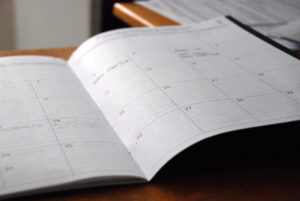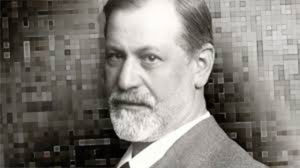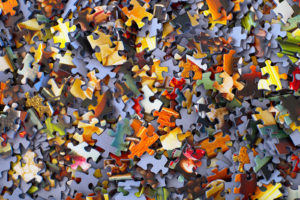De l’utilisation du cadre : les objets inanimés
Résumé
La sensibilité de certains analysants aux modifications du cadre inanimé incite à s'interroger sur l'utilisation de ce paramètre de la situation analytique. L'auteur développe l'hypothèse d'un investissement précoce des objets inanimés, mode de relation spécifique qui poursuit une maturation parallèle à l'investissement des humains. La compréhension des caractéristiques de cet investissement, transféré sur le cadre inanimé, ouvre des perspectives interprétatives, notamment dans le rôle protecteur que joue la relation au cadre inanimé par rapport aux insécurités liées à l'exercice de la pensée de l'analyste.
Samenvatting
De gevoeligheid van bepaalde analysandi aan wijzigingen in het levenloos deel van het kader, doet ons vragen stellen over het gebruik van deze parameter van de analytische situatie.
De auteur ontwikkelt daarbij de hypothese dat hier een vroegtijdige investering van de levenloze objecten gebeurd is. Dit is een specifieke relatiemodus die een rijpingsproces doormaakt dat paralleel verloopt aan de investering van de menselijke, levende wezens. Het begrijpen van de kenmerken van deze investering, overgedragen op het levenloze kader, opent perspectieven voor de interpretatie : meer bepaald speelt de relatie tot het levenloze kader een beschermende rol tegen de onveilige gewaarwordingen die gebonden kunnen zijn aan de uitoefening van het denken van de analyticus.
Summary
Certain analysands' sensibility to modifications of the inanimate parts of the setting leads us to ponder upon the utilisation of this parameter of the analytic situation. The author develops the hypothesis of an early investment of inanimate objects, a specific kind of relationship which follows a maturational pathway parallel to the investment of human beings. Understanding the special nature of this investment, transferred on to the inanimate part of the setting, opens up interpretative perspectives, notably in the protective role played by the inanimate part of the setting in relation to the insecurities linked to the analyst's exercise of thinking.





